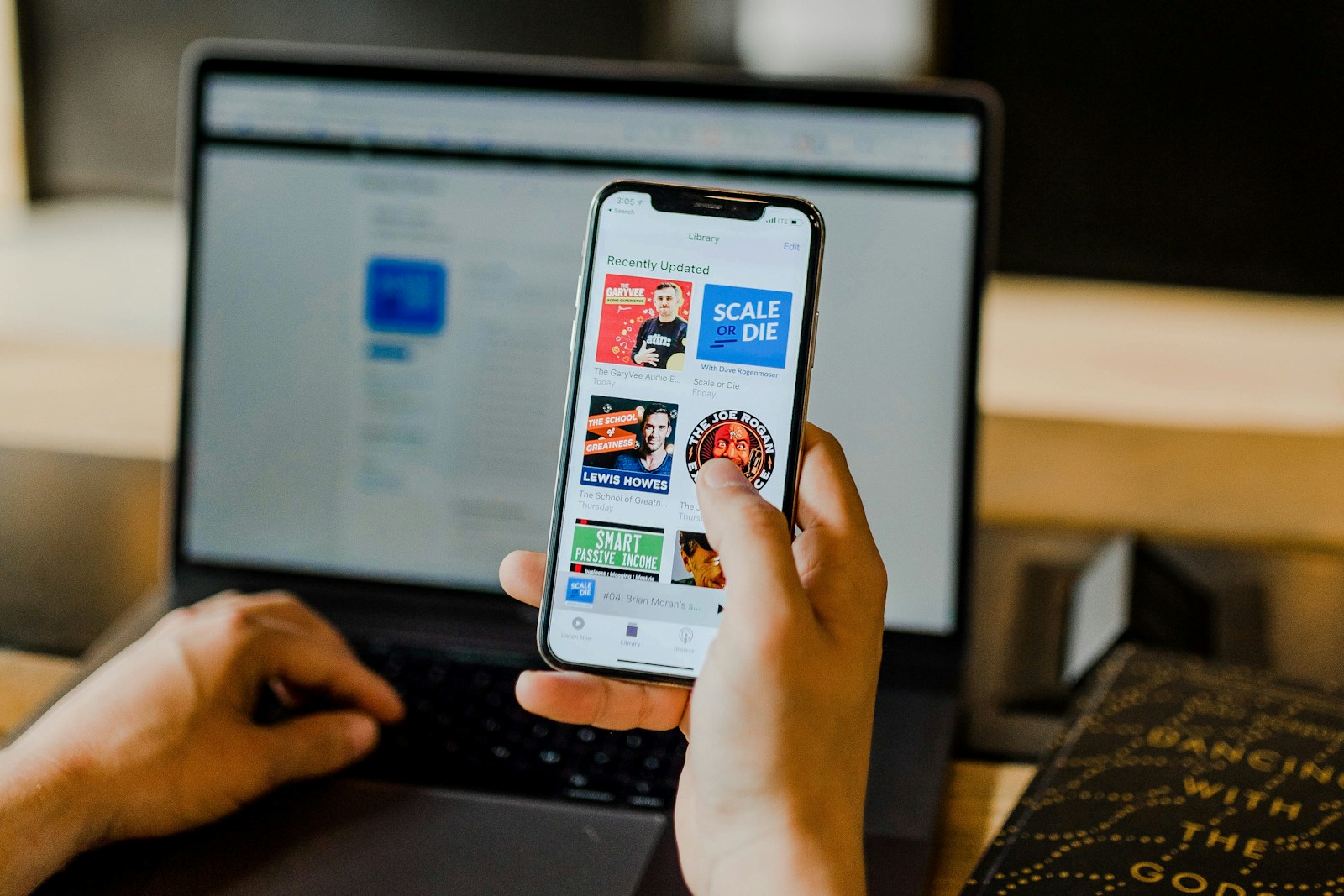How Media Shapes Culture in the Digital Age
In today’s world, media isn’t just a passive backdrop to our lives—it’s the stage, the script, and the audience all rolled into one. From the moment we wake up to the time we scroll into bed, media is there, shaping our thoughts, behaviors, and even our identities. So, how exactly does media mold our culture in this digital age? Let’s dive in and explore this fascinating transformation.
The Digital Revolution: A Game Changer for Culture
Gone are the days when culture was confined to local communities or traditional media outlets. With the advent of the internet and digital platforms, cultural exchange has become instantaneous and borderless. A viral video in Tokyo can influence fashion trends in Paris, while a meme from New York can spark conversations in Nairobi. This interconnectedness has led to a more globalized culture, where ideas, values, and trends spread rapidly across the globe.
Social Media: The New Cultural Playground
Platforms like Instagram, TikTok, and YouTube have transformed how we create and consume culture. No longer are we just passive consumers; we are active participants in the cultural conversation. Whether it’s sharing a dance challenge, creating a viral hashtag, or posting a thought-provoking opinion, social media has democratized cultural production. This shift has empowered individuals to shape cultural narratives and trends, often bypassing traditional gatekeepers like publishers and broadcasters.
Influencers: The Modern-Day Trendsetters
Influencers have become the new celebrities, with the power to sway opinions, promote products, and set trends. Their reach and relatability make them highly effective in shaping cultural norms and behaviors. From fashion choices to political views, influencers play a significant role in guiding the cultural compass of their audiences.
The Rise of Participatory Culture
Participatory culture refers to a culture where individuals are not just consumers of media but also contributors and creators. This shift has been facilitated by digital platforms that allow users to remix, share, and respond to content. Such engagement fosters a sense of community and belonging, as people come together to create and share cultural expressions.Wikipedia
The Double-Edged Sword: Pros and Cons of Digital Media’s Cultural Impact
The Bright Side
- Cultural Preservation: Digital platforms have provided a space for marginalized cultures to share their stories and traditions, preserving them for future generations.
- Increased Awareness: Global access to information has heightened awareness of social issues, leading to movements that challenge injustices and promote change.
- Creative Expression: The digital realm offers endless possibilities for creative expression, allowing individuals to showcase their talents and ideas to a global audience.
The Dark Side
- Misinformation: The rapid spread of information can also lead to the dissemination of false or misleading content, affecting public perception and behavior.
- Cultural Homogenization: While digital media promotes cultural exchange, it can also lead to the dominance of certain cultures, overshadowing local traditions and practices.
- Mental Health Concerns: The pressure to conform to online standards and the constant comparison to others can negatively impact mental health, especially among younger audiences.
Looking Ahead: The Future of Media and Culture
As technology continues to evolve, so will the ways in which media shapes culture. Emerging technologies like virtual reality (VR) and augmented reality (AR) promise to create even more immersive cultural experiences. However, with these advancements come new challenges, such as ensuring equitable access and protecting cultural diversity. The future will likely see a balance between embracing technological innovations and preserving the rich tapestry of cultures that make our world unique.
Final Thoughts
In the digital age, media is not just a tool; it’s a powerful force that shapes and reflects our culture. It influences how we communicate, what we value, and how we see ourselves and others. By understanding the impact of media, we can navigate this digital landscape more consciously, ensuring that it serves to enrich our cultural experiences rather than diminish them.
So, the next time you scroll through your feed or watch a trending video, remember: you’re not just consuming content; you’re participating in the ongoing creation of our global culture.

